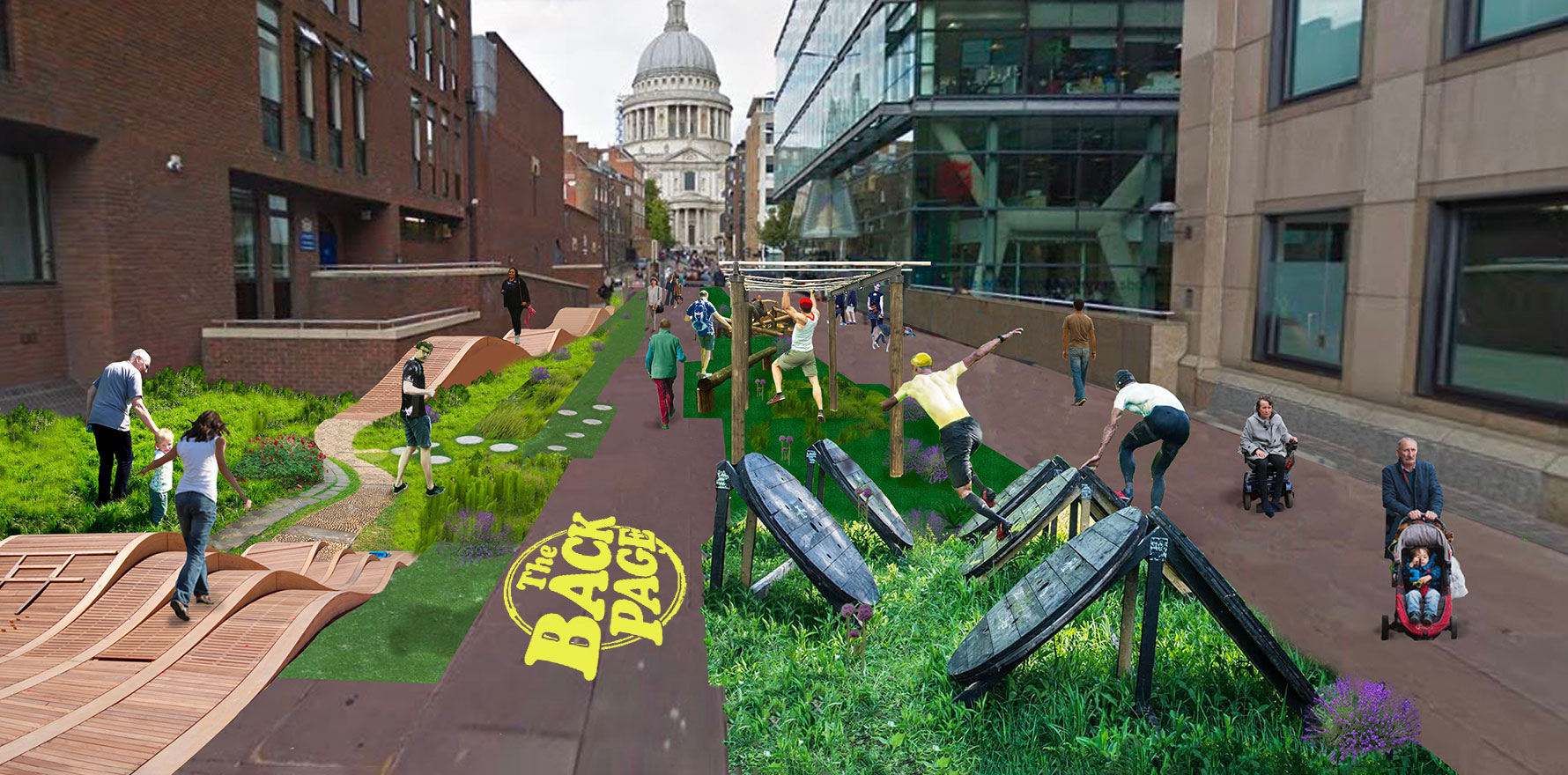Could making our pavements more challenging improve public health?
Like many urban dwellers, your Back Page scribbler takes every opportunity he can to get his feet off the city pavements and onto a bush track, even if it’s only for an hour or so.
While the health benefits of walking are well acknowledged, the type of walking one does can be critical to maximising the gains.
In essence, if you are serious about improving your fitness, balance and bone density by walking, then the more climbing, stepping over obstacles, jumping off objects and balancing on stuff that you do the better. Which means a gentle stroll along a flat city avenue is not really going to add much physical value.
But what if that urban streetscape was to feature a series of manufactured challenges, such as balancing beams, stepping-stones and stairs? Would you choose to walk on the wild side, or would you stick to the straight and not-so-narrow?
It’s a question UK researchers decided to explore, and their results, published in the journal, Landscape Research, are heartening.
According to the team at the University of Cambridge’s Department of Architecture, up to 78% of adult walkers would choose to take a route featuring a series of obstacles if given the choice. (The researchers didn’t ask any children what they would prefer to do, but we would hazard a guess that the response there would be closer to 100%.)
The study involved asking nearly 600 UK residents to compare photorealistic images of challenging routes – variously incorporating stepping stones, balancing beams, and high steps – with conventional pavements.
Participants were shown images of challenging and conventional tarmac routes and asked which route they would choose. The researchers tested out a range of encouraging/discouraging parameters in different scenarios, including crossing water, shortcuts, unusual sculptures and the presence/absence of a handrail and other people.
They were then asked to score how challenging they thought the route would be from “one” (as easy as walking on level tarmac) to “seven” (I would not be able to do it).
Encouragingly, 80% of folks chose a challenging route in at least one of the scenarios, depending on perceived level of difficulty and design characteristics. Where a challenging option was shorter than a conventional route, this increased the likelihood of being chosen by 10%.
“Our findings show that pedestrians can be nudged into a wider range of physical activities through minor changes to the urban landscape. We want to help policy makers and designers to make modifications that will improve physical health and wellbeing,” the study’s lead author, Anna Boldina, told media.
“Even when the increase in level and extent of activity level is modest, when millions of people are using cityscapes every day, those differences can have a major positive impact on public health.”
Of course, modifying city streetscapes to provide “obstacles” and “challenges” will cost councils a fair bit of dosh (not to mention generate a fair bit of ill feeling among some sectors of the community), but the study authors argue that governments would subsequently be saving far greater sums by reducing demand for healthcare related to lack of exercise.
Which is indeed a noble sentiment, but we suspect the threat of legal costs incurred when a litigious pedestrian takes a tumble over a manufactured walking challenge is going to prove to be too big of an obstacle for this fine idea to ever grow legs.
If you see something that walks the talk, give penny@medicalrepublic.com.au a shout.


